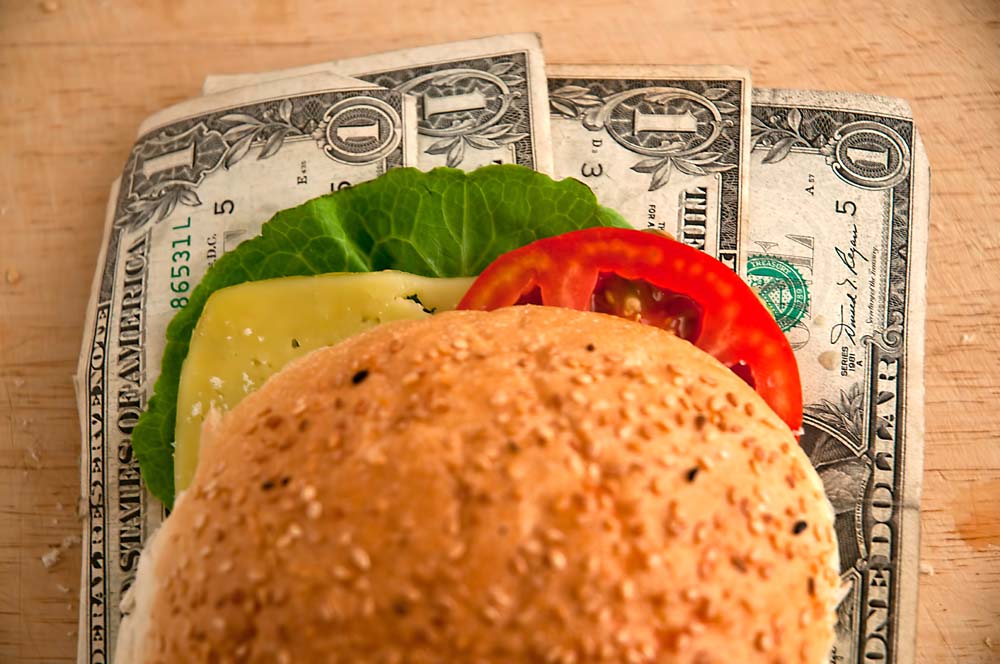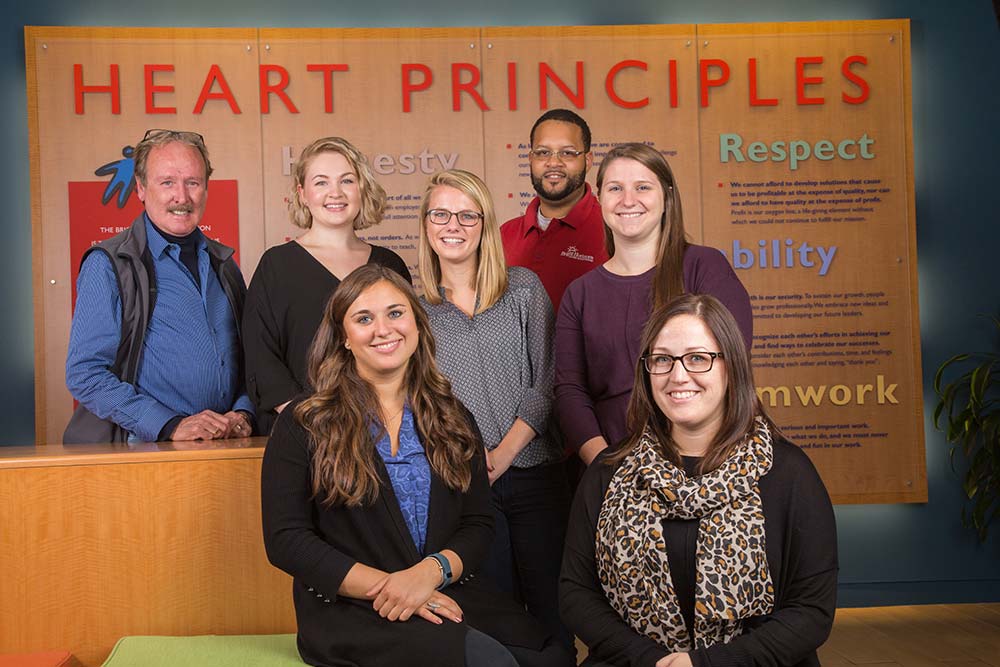“What if we……?”
Finish that sentence.
What if we…what?
The particular ending in this context doesn’t matter. What’s important is the question. The end of that phrase, “What if we…?” It’s often the beginning of the clever and perhaps unconventional way of looking at something that portends great change. It’s where ideas happen. And it’s the stuff not just of creative bullpens, but also in boardrooms, garden-variety staff meetings, and pretty much anywhere business gets done. And it’s arguably never been more important than it is right now.
Today, when we’re all challenged to find the meaning in business, when so much of everything we do feels so complicated, creativity – adaptation -- is key. And far from the days when people could be sorted into boxes labeled “creatives” or the dubiously unflattering, “suits,” today’s workplace requires everybody to exercise their creative spark to change courses and solve problems big and small.
How do help people find it?
Shelve “No”: The word “no” in response to an idea has more than a momentary effect. “I can’t tell you how many good ideas I’ve seen shut down in this manner,” says one HR consultant. A great practice is to dedicate a portion of a meeting as sacred space where all ideas are accepted. “The only comments on one another’s ideas limited to, ‘Yes, and here’s my input’ phrases,” she says. You can go back later and decide which ideas have the most potential and begin to shape them.
Give Permission to Fail: To be truly creative, people need to feel safe, not only in a brainstorm, but in pursuing an idea that may fall flat. Right now when everything’s up in the air, that’s the leash and the security to try things. For many people, that safety is the only way to be creative.
Allow for distractions: It might be counter-intuitive, but all those cat videos your employees are watching may actually be doing some good. Study after study has shown that people need to disengage from a problem to solve it – especially now when down time is at a premium. And checking out for a while, it turns out, helps people find answers they couldn’t come up with when they were singularly focused. “People who daydream more,” wrote the Wall Street Journal about one study, “are also better at generating new ideas.”
Engender trust: Writer Elizabeth Gilbert once wrote that the roots of creativity were in one’s ability to recognize a good idea when it appears. Nearly a third of people in one Modern Family Index told us a manager who uses a light touch – one who trusts employees and provides them free reign to do their jobs – are most likely to be open to those great ideas.
Support team spirit: In that same MFI, about a third of respondents told us that the key to being creative was working with other innovative people. That means the supporting creativity through efforts like the above not only helps individual employees, it also strengthens a collectively more creative workforce.
Many of the above conditions are related to culture – the conditions shown by our Dream Company study to help people do their best work. It makes reports like this -- saying that positive cultures are potentially becoming a casualty of the pandemic – all the more worrying. "Trust,” one consultant told HR Dive, “is how we're going to get work done quickly."
What’s clear is that in the current environment, creativity – the ability to adapt – will continue to be pivotal. And to keep up, employers will be looking to employees for new ways to finish that three-word phrase that change everything:
“What if we…?”





